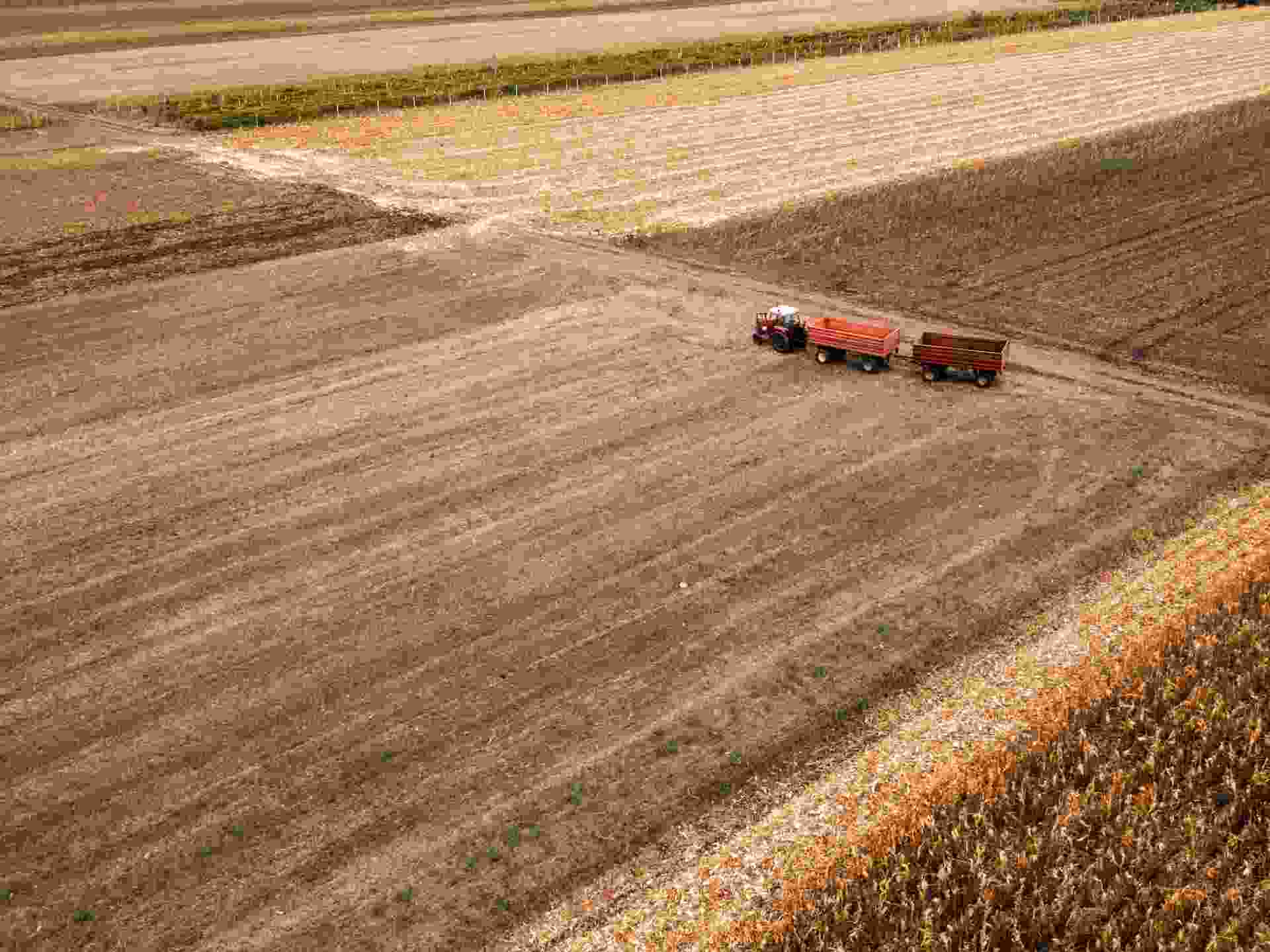
Sugar cane is one of the most water-demanding crops, essential for the production of sugar, biofuels, and various by-products. The global expansion of sugar cane cultivation has made efficient water management an increasingly critical issue. Optimal irrigation and drainage systems play a pivotal role in enhancing crop yield and maintaining sustainability in sugar cane production. This article explores the significance of water management in sugar cane farming, focusing on both irrigation and drainage systems.
The Importance of Water in Sugar Cane Growth
Water is a fundamental component of sugar cane production. It influences every stage of the plant’s growth, from germination to harvest. Sugar cane requires approximately 1,500 to 2,500 millimeters of water throughout its growth cycle, with varying water needs depending on the climate, soil type, and growth stage.
The crop’s high water requirement means that areas with insufficient rainfall must rely on irrigation systems to ensure adequate moisture levels. However, excess water, either from over-irrigation or heavy rain, can be detrimental. Poor drainage systems can lead to waterlogging, reduced root oxygen availability, and nutrient leaching. Hence, a balanced approach to both irrigation and drainage is essential for successful sugar cane production.
Sprinkler Irrigation
Sprinkler irrigation involves applying water through a network of pipes and sprinklers, mimicking natural rainfall. This system allows for uniform water distribution and is well-suited to areas with uneven terrain. Sprinkler irrigation reduces the risk of waterlogging and minimizes water loss through runoff. However, the system is expensive to install and maintain, and it can lead to water loss through evaporation, especially in hot climates.
Drip Irrigation
Drip irrigation is the most water-efficient system for sugar cane production. In this method, water is delivered directly to the root zone of each plant through a network of tubes with small emitters. Drip irrigation significantly reduces water loss through evaporation and runoff, ensuring that each plant receives the exact amount of water it needs. This method also allows for precise fertilizer application through fertigation, which can improve nutrient uptake and reduce waste.
While drip irrigation requires a substantial initial investment, its long-term benefits in terms of water savings, increased yield, and reduced labor costs make it an attractive option for sustainable sugar cane production. In regions facing water scarcity, the adoption of drip irrigation has proven essential to improving water use efficiency.
Drainage Systems for Sugar Cane Production
While irrigation is critical to meeting sugar cane’s water requirements, effective drainage systems are equally essential to prevent waterlogging and other related issues. Excess water in the root zone can hinder oxygen availability and reduce nutrient uptake, leading to poor plant health and lower yields. Efficient drainage systems help manage surplus water, especially in areas prone to heavy rainfall or over-irrigation.
Subsurface Drainage
Subsurface drainage systems are designed to remove excess water from the root zone through underground pipes or drains. These systems prevent waterlogging and soil saturation, promoting better root aeration and overall plant health. Subsurface drainage is particularly beneficial in areas with heavy clay soils, which tend to retain water and are prone to waterlogging.
Installing a subsurface drainage system can be costly, but the long-term benefits of improved soil health and increased crop productivity often outweigh the initial investment. By maintaining optimal soil moisture levels, subsurface drainage enhances the efficiency of irrigation systems and reduces the risk of disease caused by excess water.
Surface Drainage
Surface drainage involves creating channels or ditches to direct excess water away from the fields. This method is often used in areas with heavy rainfall or poor natural drainage. Surface drainage is less expensive than subsurface drainage and is relatively easy to implement, but it may be less effective in managing water at the root zone level.
A combination of surface and subsurface drainage systems can provide comprehensive water management solutions, particularly in regions where excessive rainfall and poor soil drainage are common challenges.
Sustainable Water Management Practices
Sustainable water management in sugar cane production requires a holistic approach that integrates efficient irrigation and drainage systems. Farmers must continuously monitor soil moisture levels, crop water needs, and weather patterns to optimize water use. Technologies such as soil moisture sensors, weather forecasting tools, and remote irrigation control systems can assist in making data-driven decisions that enhance water use efficiency.
Effective water management through optimized irrigation and drainage systems is essential for the successful cultivation of sugar cane. As global water resources become increasingly strained, adopting sustainable practices that enhance water use efficiency will be critical to ensuring the long-term viability of sugar cane production. Whether through traditional surface irrigation, modern drip systems, or advanced drainage techniques, the key to sustainable sugar cane farming lies in balancing water supply with crop needs, soil conditions, and environmental factors. By doing so, farmers can maximize yields, reduce water waste, and promote the sustainability of this vital crop.